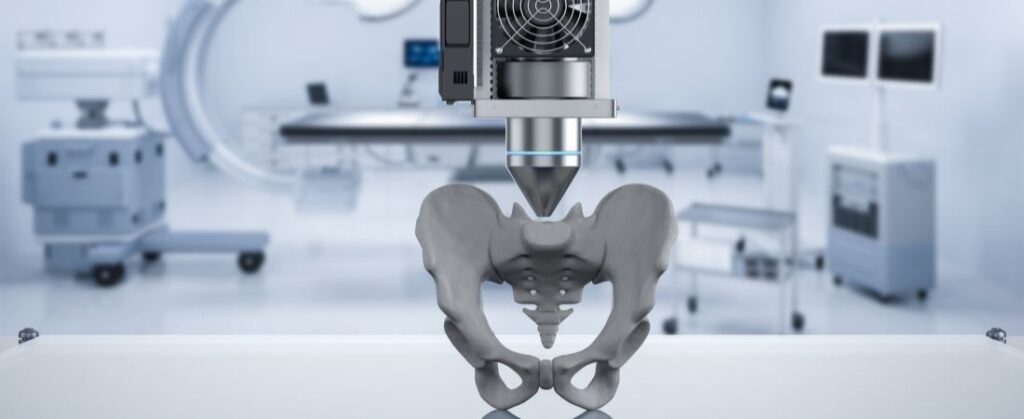
It is well known that the medical sector has made the biggest advancements in the development of novel therapies and techniques; not to mention the technological advancements that propel all of this. Wonders have been plentiful, and they still take place. Now, 3D printing is also making its way into medicine. The use of 3D printers is one way that the medical sector has developed and been strengthened.
In a variety of methods, 3D printing in healthcare enables medical practitioners to offer patients a novel kind of treatment. There are many activities that may be developed using 3D printing to simplify complicated processes. Read on to learn more about the advantages of 3D printing within the medical industry.
Customization
One of the biggest advantages of 3D printing within the medical industry is the customization it affords. The customized nature of healthcare makes 3D printing the ideal technology for this sector. The ability to create prosthetics specifically tailored to a patient’s unique anatomy via 3D printing eliminates the need to manufacture several similar pieces. By doing this, you may assure greater functionality and comfort.
Leadtime
Making new tools may be a time-consuming and expensive process. The extended lead time might really pose a real hazard in urgent scenarios. Design teams can quickly create and iterate concepts thanks to 3D printing in the healthcare industry. Using realistic prototypes helps improve communication in addition to speeding up prototyping. The opinions of physicians and patients are critical to the success of any medical technology. In addition to how quickly these design upgrades may be applied, the unique components can be developed and sent to print quickly since the 3D printer is so exact.
Cost
Custom gadgets and parts demand a great deal of attention to detail. Human error is possible when a procedure is carried out manually, which might cause projects to run more slowly and cost more money. However, 3D printing has made it possible for medical professionals to produce many iterations prior to printing, aiding them in identifying any potential flaws and guaranteeing that the final result is flawless. In addition to having the ability to create unique, complicated parts, 3D printing in healthcare is best suited for low volume manufacturing, resulting in lower costs and more efficacy. There is no longer a need for expensive equipment or machining procedures. Additionally, waste is decreased, further lowering expenses.
We hope we have successfully explained the major advantages of 3D printing within the medical industry. If you are looking to utilize an FDM 3D printing service, be sure to reach out to Tangible Creative!
